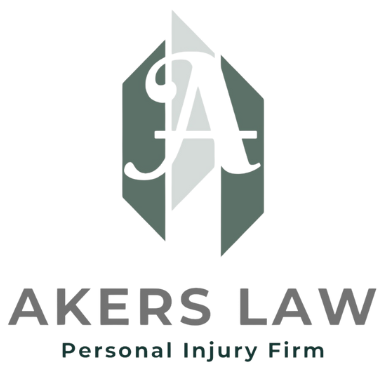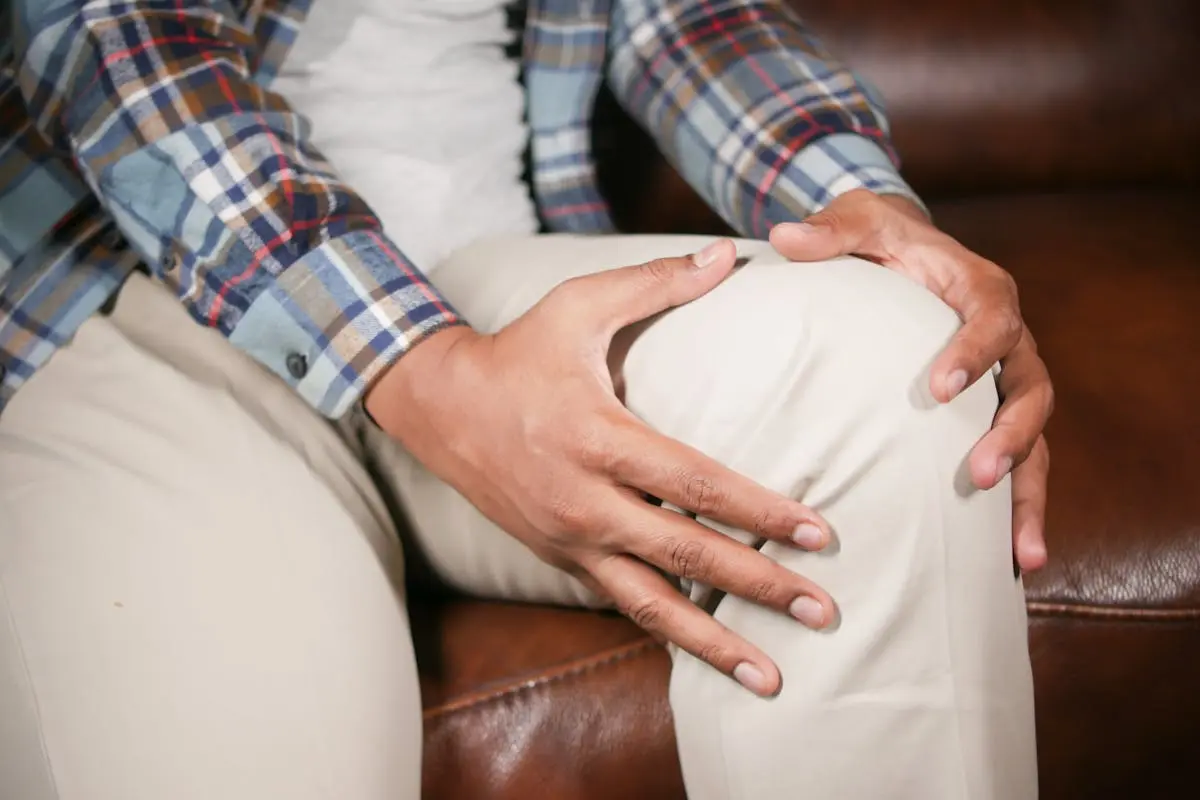In California, premises liability law is a critical component of personal injury claims involving injuries that occur on another’s property. The Golden State has its unique nuances and legal standards that govern these cases, making it essential for property owners, occupiers, and injured parties to understand the specifics of California law.
California’s Approach to Premises Liability
California law requires property owners and occupiers to maintain their property in a reasonably safe condition. The duty extends to inspecting the premises and fixing or warning of any dangerous conditions that could foreseeably harm others. This responsibility applies to a range of properties, including commercial, residential, and public spaces.
Visitor Classification in California
Like other jurisdictions, California distinguishes between invitees, licensees, and trespassers, but with a specific emphasis on the reasonableness of the property owner’s actions. California law focuses on the condition of the property and the owner’s management of it, rather than strictly on the visitor’s status. However, the visitor’s status can still influence the duty owed by the property owner.
- Invitees are owed the highest duty of care, including the responsibility to inspect the premises and make them safe.
- Licensees are owed a duty to warn of or make safe known dangerous conditions that are not obvious.
- Trespassers generally are owed the least duty, mainly to refrain from willful or wanton harm, with specific provisions for child trespassers under the attractive nuisance doctrine.
Proving Liability in California
To prevail in a premises liability case in California, a plaintiff must prove:
- The defendant owned, leased, occupied, or controlled the property.
- The defendant was negligent in the use or maintenance of the property.
- The plaintiff was harmed.
- The defendant’s negligence was a substantial factor in causing the plaintiff’s harm.
Comparative Negligence in California
California follows a “pure comparative negligence” rule. This means that if the injured party is found to be partly at fault for their injuries, their compensation can be reduced by their percentage of fault. For example, if a jury finds a plaintiff 25% responsible for their accident, the damages awarded will be reduced by 25%.
Statute of Limitations
In California, the statute of limitations for premises liability claims is typically two years from the date of the injury. Failing to file within this timeframe can result in the loss of the right to sue.
Conclusion
Premises liability in California is a complex area of law that requires careful navigation. Whether you’re a property owner, occupier, or someone injured on another’s property, understanding these legal principles is crucial. In light of the specific nuances of California law, consulting with an experienced personal injury law firm such as Akers Law can provide guidance and improve the chances of a favorable outcome.



